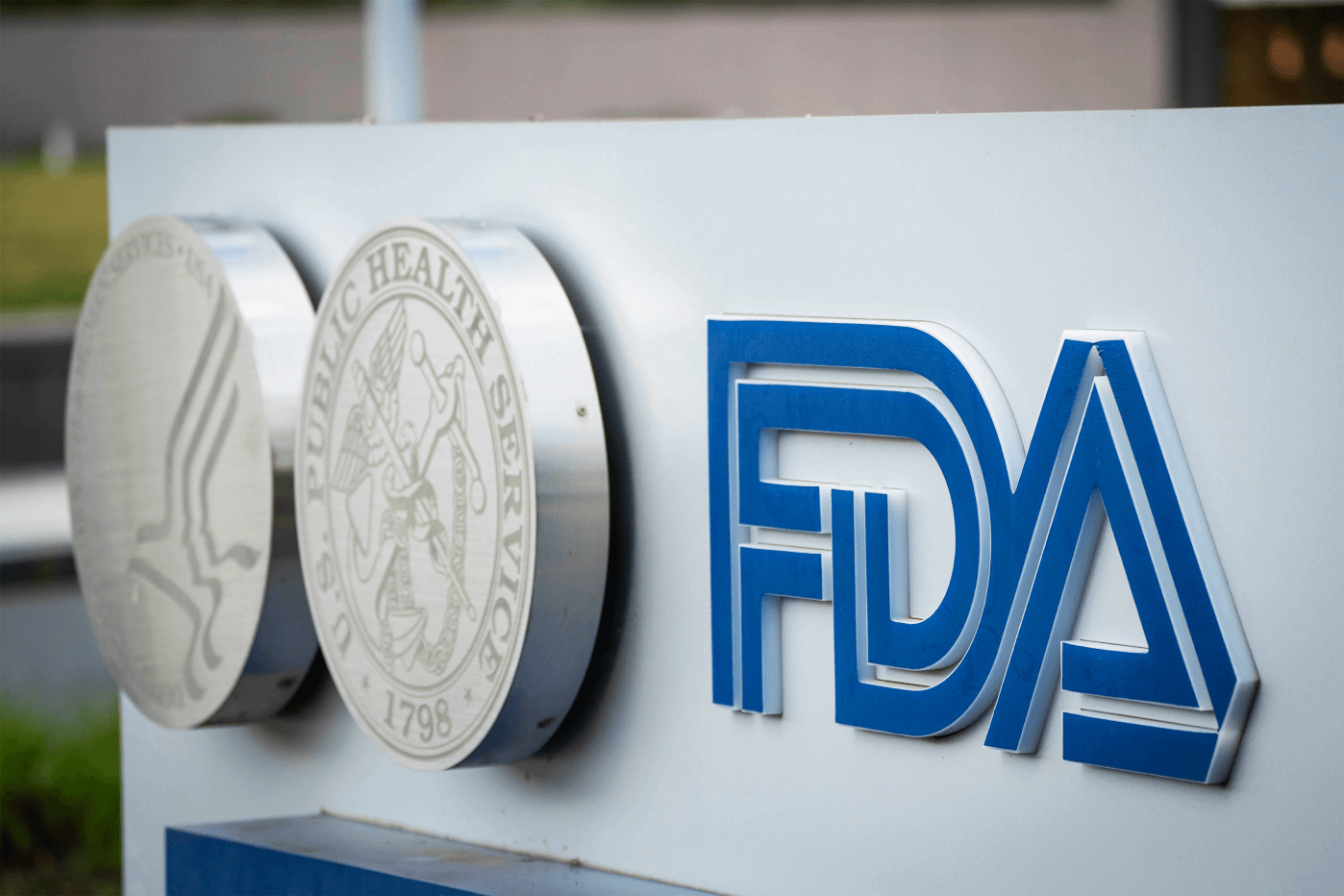Ebola, Stalin, Disease Cycles and Capitalism
Considerable scholarship shows that the regulatory obstacle course harms more people than it saves.
by Patrick Cox
August 14, 2014
The current Ebola epidemic has already claimed more victims than any prior outbreak of this particularly gruesome disease. Properly called Ebola hemorrhagic fever (EHF), the virus damages the cells it hijacks so badly that victims often bleed from every opening of the body. From half to 90% of those who contract the virus die and, given that some countries are underreporting infections, there are probably over a thousand deaths this year.
As the virus spreads across national borders, media coverage has begun to resemble trailers for horror movies. Tom Frieden, head of the US Centers for Disease Control and Prevention, told a House Subcommittee that it was inevitable that Ebola would make it to America. American border patrol agents, already stressed by unprecedented levels of tuberculosis and other diseases coming in from Mexico, are now worried about the arrival of Ebola from Africa. In the United Kingdom, border agents have threatened to strike if flights…




